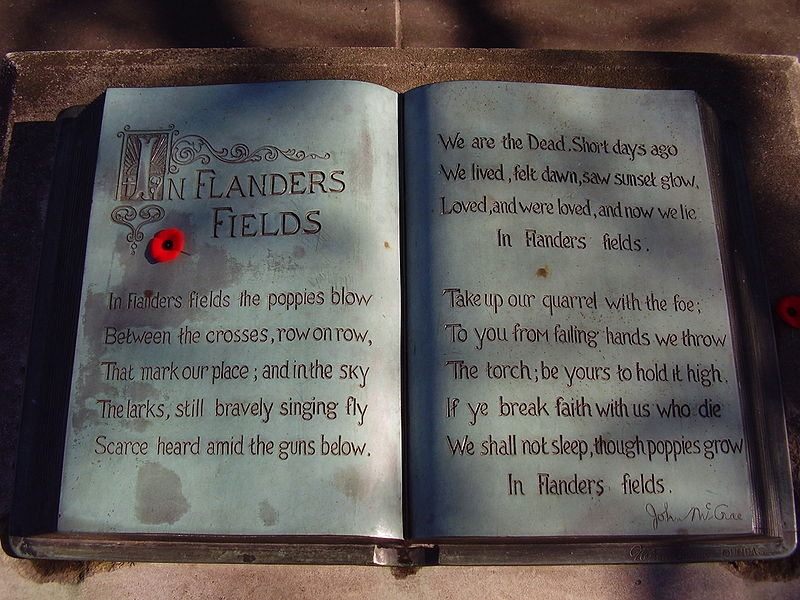
On 22nd March 1895, Auguste and Louis Lumière, two brothers invited 10 people to the National Industry Encouragement Society in Paris and showcased “La Sortie des ouvriers de l'usine Lumière”, the first motion-picture for mass, that forever changed the course of visual art. 🧵1/n 

At 17, Louis came up with an ingenious idea of developing a highly sensitive photographic plate which immediately earned such commercial success that they had to build a factory for manufacturing. The quest for further innovation had just started. 2/n
In 1894, the Lumière Brothers deduced the first prototype of the Cinématographe, an advancement to the Kinetoscope. The machine was a combination of a camera, a printer and a projector which would be able to take and project moving pictures. 3/n 

Unlike the Kinetoscope, the Cinématographe didn’t rely upon electricity to run. It was portable and only required a gas lantern or limelight illuminant. Interestingly, the film transport principle was based on sewing machine mechanism. 4/n
The process was run by two pins (or claws) that were inserted into sprocket holes at each side of the film, moved it down and were then retracted, leaving the film stationary for exposure. The handle at the rear operated the rotating shutter to run the machine. 5/n
They shot their first film outside their factory as the workers left at the end of the day which is known to be the first public screening of moving pictures. The film was shot in 35mm, with the aspect ratio of 1.33.1 at 16 frames per second. 6/n
Despite initial criticism, their films astonished the people around France and later around the world and sometimes contributed to a quarter of a mile queue of viewers to witness the magic on the large screen. 7/n
On the eve of the public launch of the Lumière Cinématographe, Louis gave birth to an immortal expression: ‘I have been to a movie.’. 8/n
Image source: Science Museum Group Collection
Video source: MediaFilmProfessor
Video source: MediaFilmProfessor
• • •
Missing some Tweet in this thread? You can try to
force a refresh















